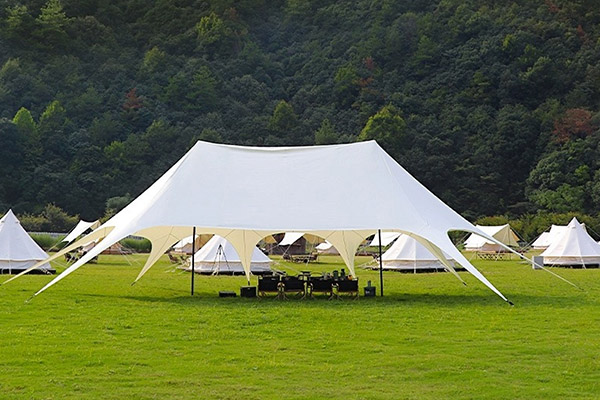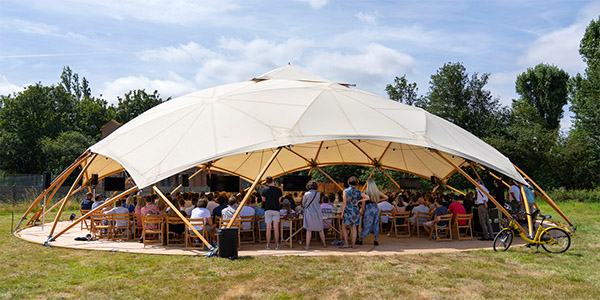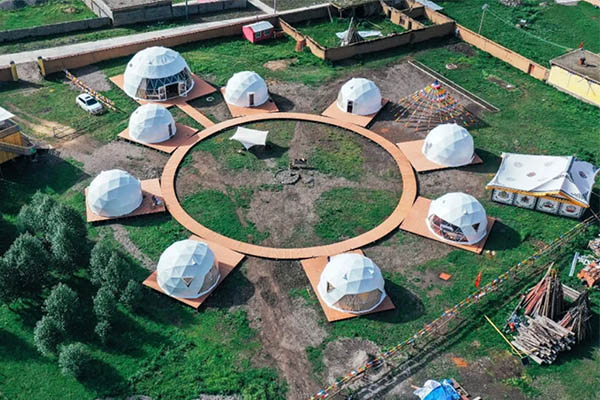As more people choose travel destinations that shift from traditional large hotels to unique natural landscapes such as desert areas, desert hotel tents, as an emerging form of accommodation, are gaining more attention. Only by ensuring the personal safety and property security of tourists can they enjoy a more comfortable and pleasant accommodation experience in the desert.
The safety measures for desert hotel tents are primarily reflected in the selection of materials. These tents usually use high-strength, waterproof nylon or polyester fiber materials, which not only have excellent durability but also effectively withstand extreme weather conditions in the desert, such as strong winds, sandstorms, and high temperatures. Additionally, the tent materials often have UV protection properties to shield tourists from ultraviolet rays.

In addition to high-quality materials, the structural design of desert hotel tents is also crucial. The tent frames are usually made of high-strength aluminum alloy or steel materials to ensure their stability and load-bearing capacity. Moreover, the connecting parts of the tent are carefully designed and reinforced to maintain stability under various weather conditions. To ensure the tent's stability on soft ground surfaces, specialized anchoring systems like steel stakes, expansion bolts, or weight plates are often used.

The setup and maintenance process of desert hotel tents is also a vital aspect of ensuring their safety. During setup, it is essential to follow the manufacturer's instructions and recommendations to ensure that every part is correctly installed and connected. Regular inspections and maintenance of the tents are also indispensable, including checking the frames, connecting parts, fabric, and anchoring systems for any damage or wear, and promptly repairing or replacing them.

To ensure the safety of guests, desert hotel tents are usually equipped with a range of safety equipment and emergency measures. These measures include, but are not limited to, fire-fighting equipment, signage, first-aid kits, and medicines. Additionally, the hotel should formulate detailed safety regulations and usage guidelines to ensure that guests understand and follow these rules, thereby reducing potential safety risks.